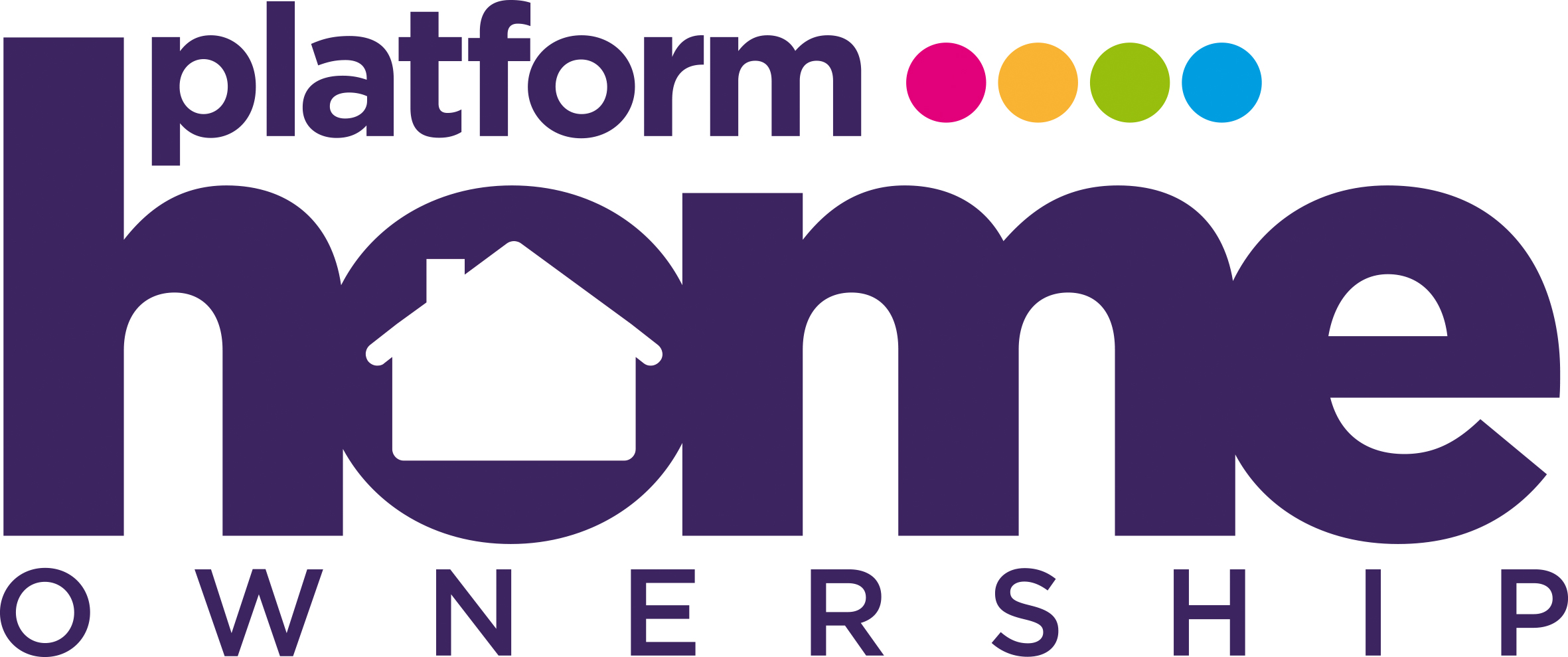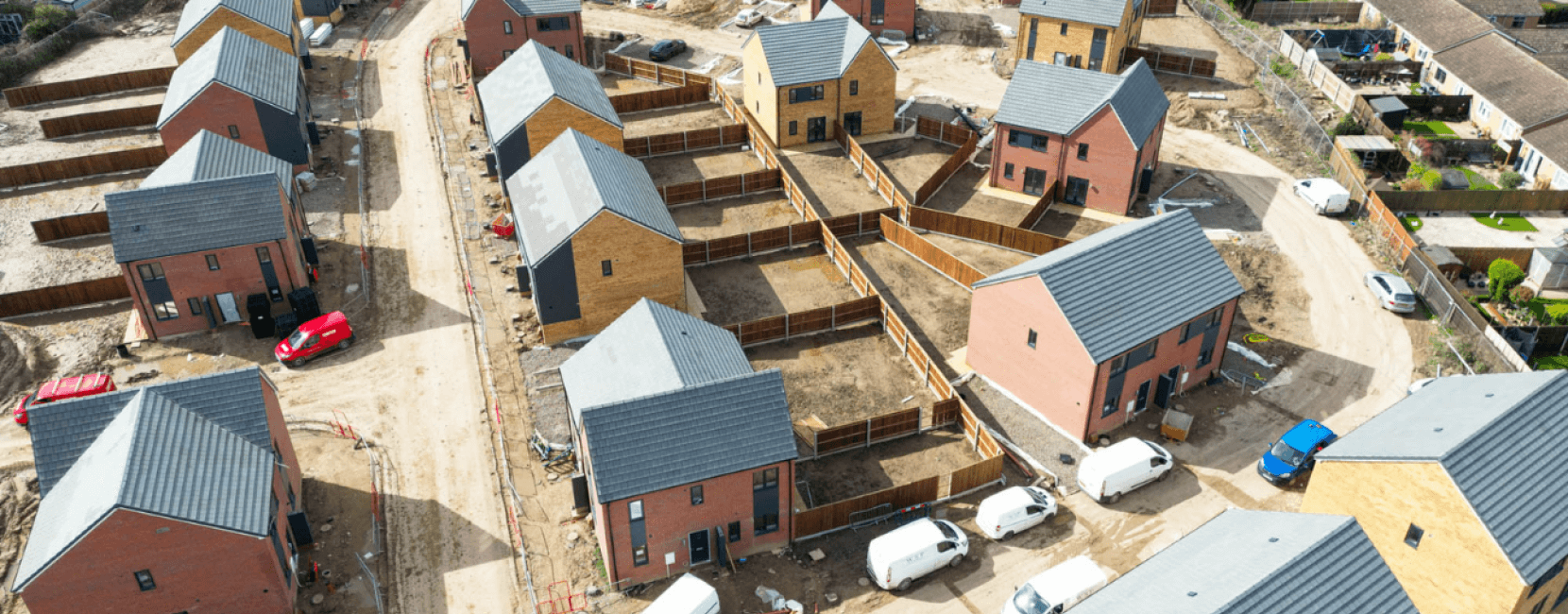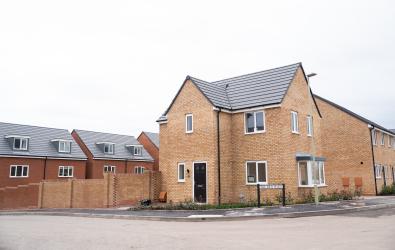As the UK housing market continues to see exceptional growth across nearly every sector, there’s no denying that affordability remains an issue for many buyers. Prices on average have risen by 9.8% over the last year alone - translating to nearly £25,600 - leaving many buyers priced out of buying their home through traditional means.
This has made affordability schemes such as Shared Ownership and Help to Buy incredibly popular, providing support during the buying process and helping more individuals onto the property ladder.
Now, after 10 years, Help to Buy is being phased out and Shared Ownership is growing in popularity. Below, we’re exploring the two schemes and whether Shared Ownership is set to be the ‘new’ Help to Buy.
How successful has Help to Buy been?
Before we examine how Shared Ownership is changing the way buyers purchase a property, it’s worth exploring how Help to Buy has changed the landscape of the UK property market.
Help to Buy was introduced in 2013 and designed to support households that were struggling to find a substantial deposit for a new property.
As a scheme backed by the government, they would provide an equity loan of up to 20% of the property's value, meaning a buyer would only need to raise a 5% deposit and use a 75% mortgage on the rest of the property. In Greater London, this changed to a 40% loan and a 55% mortgage.
Although it was popular with first-time buyers particularly, Help to Buy benefitted a broad range of individuals after it was expanded and made available on all property types and for all buyers. With the ability to borrow up to 20% - a number that increased to 40% in London - on properties worth up to £600,000, it provided a huge range of opportunities to enter the market.
Over the last ten years, around 290,000 properties were bought using the Help to Buy scheme, with 82% of the completions by first-time buyers and the total value of the loans amounting to £17.4 billion.
How is Shared Ownership helping buyers?
Shared Ownership, sometimes referred to as ‘Part Buy, Part Rent’, allows a buyer to purchase a share of a property. The purchaser puts a mortgage on the share they own and pays a reduced rental rate on the remaining share to the housing association.
The buyer can then incrementally increase their share of the property until they fully own the home, using the savings from the reduced rental rate to put towards a deposit.
While buyers would typically buy between 25% and 75%, under the new Shared Ownership model purchasers can now buy a minimum of 10%.
Since Shared Ownership is available for first-time buyers, those selling their property and individuals who used to own a home but have since sold, it offers a much broader range of people the opportunity to get on the property ladder.
With Help to Buy now only available for first-time buyers, Shared Ownership represents a flexible and affordable alternative for people to buy a new property.
Help to Buy vs Shared Ownership
There are several key differences between Help to Buy and Shared Ownership that are improving the popularity of buying a Shared Ownership property:
Deposits
A Shared Ownership property usually requires a deposit between 5 - 10% of the share that you’re buying, not the full market value of the property. So, if a property is worth £500,000 and you’re buying a share worth 25% - which is £125,000 - a 5% deposit would be just £6,250.
With the Help to Buy scheme, on the other hand, the 5% deposit is based on the full value of the home. A property costing £500,000, for example, would still be £25,000, although the equity loan counting towards your deposit may help your mortgage application and mean you don’t have to take out a 95% mortgage.
Availability
Shared Ownership is available on a range of different properties - either new build properties or resale properties that are being sold by Shared Owners. While it’s a scheme that applies to purpose-built homes, there’s usually a broader range available than those available in the Help to Buy scheme.
As of 2021, the government has also placed a regional price cap on different areas as part of the Help to Buy scheme, meaning you can’t buy a Help to Buy property worth more than the regional limit for your location. When we also consider the necessity of being a first-time buyer, this generally narrows the properties available.






